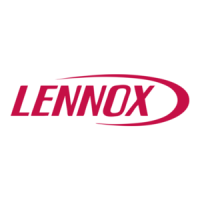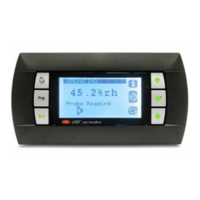<70
70-300
>300
+
+
+
0
+
0
<70
70-300
>300
+
+
0
+
-
-
>1.0
<1.0
+
+
+
-
<10µS/cm
10-500µS/cm
>500µS/cm
+
+
+
0
+
0
<6.0
6.0-7.5
7.5-9.0
>9.0
0
0/+
+
+
0
0
+
0
<2
2-20
>20
+
+
+
+
0
-
<50
>50
+
0
+
0
<1
1-5
>5
+
+
0/+
+
0
-
<0.05
>0.05
+
+
+
-
<5
5-20
>20
+
+
+
+
0
-
4.0-8.5 + +
<100
>100
+
+
+
0
<0.2
>0.2
+
+
+
0
<0.2
>0.2
+
+
+
0
<0.1
>0.1
+
+
+
0
35
3.3.- CORROSION RESISTANCE OF COPPER AND STAINLESS STEEL OF PLATES EXCHANGER
(WATER EXCHANGER)
GUIDE TO MEASURE A ANALYSIS OF THE WATER IN THE CIRCUIT.
The resistance guide below is an attempt of give a picture of the corrosion resistance of the stainless steel of the type AISI
316 and pure copper in the water, to a number of important chemical factors. The actual corrosion is however a very complex
process inuenced by many factors in combination. This table is therefore a considerable simplication and should not be
overvalued.
Explanations:
+ Good resistance under normal conditions
0 Corrosion problems can occur especially when the factors are valued as 0
- Use is not recommended
WATER CONTAINING
CONCENTRATION
mg/l ó ppm
AISI 316 COPPER
Alcalinity (HCNO
3
)
Sulfate (SO
4
2-
)
HCO
3
/ SO
4
2-
Electrical conductivity
pH
Amonium (NH
3
)
Chloroides (Cl
-
)
Free chlorine (Cl
2
)
Hydrogen sulde (H
2
S)
Free( aggressive) Carbon
Dioxide (CO
2
)
Total hardness (ºdH)
Nitrate (NO
3
)
Iron (Fe)
Aluminium (Al)
Manganese (Mn)
3.- COMMISSIONING AND OPERATION
